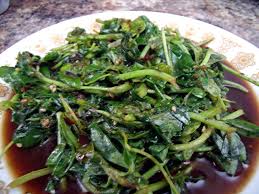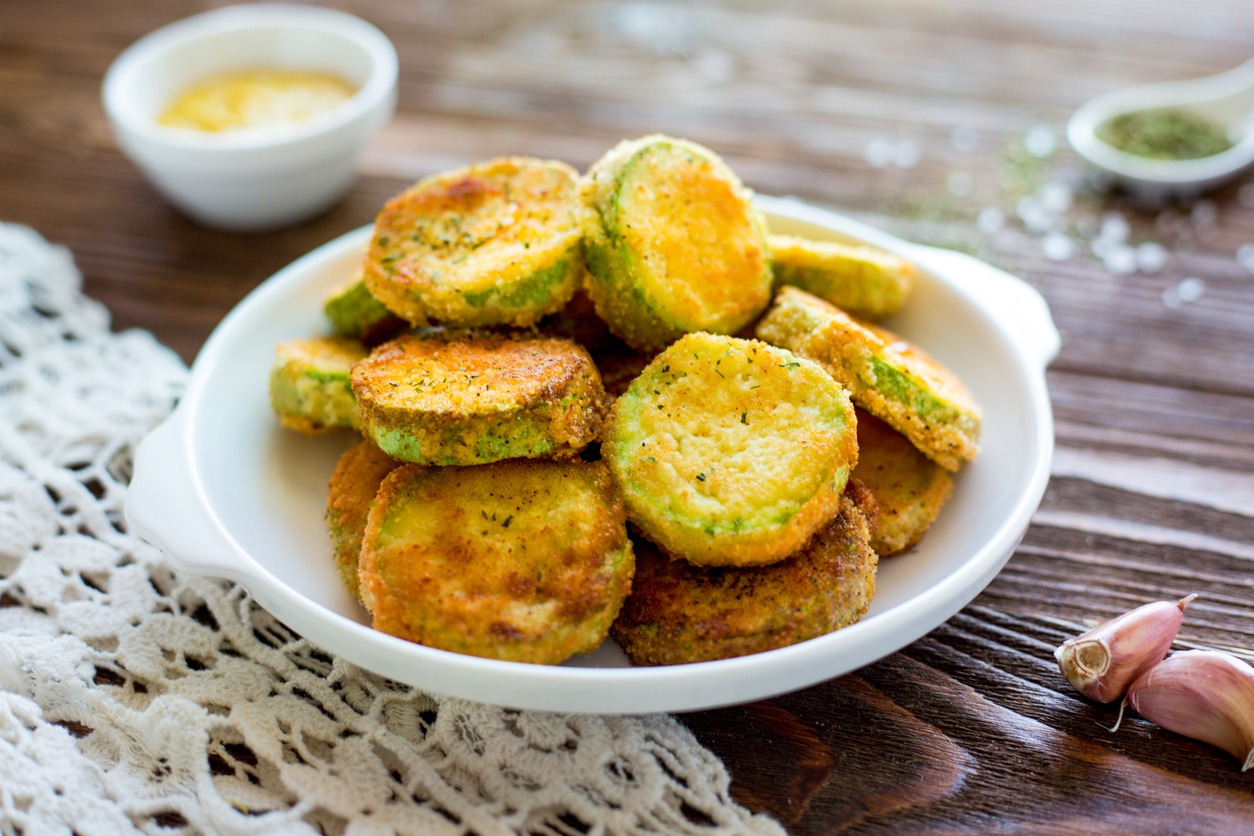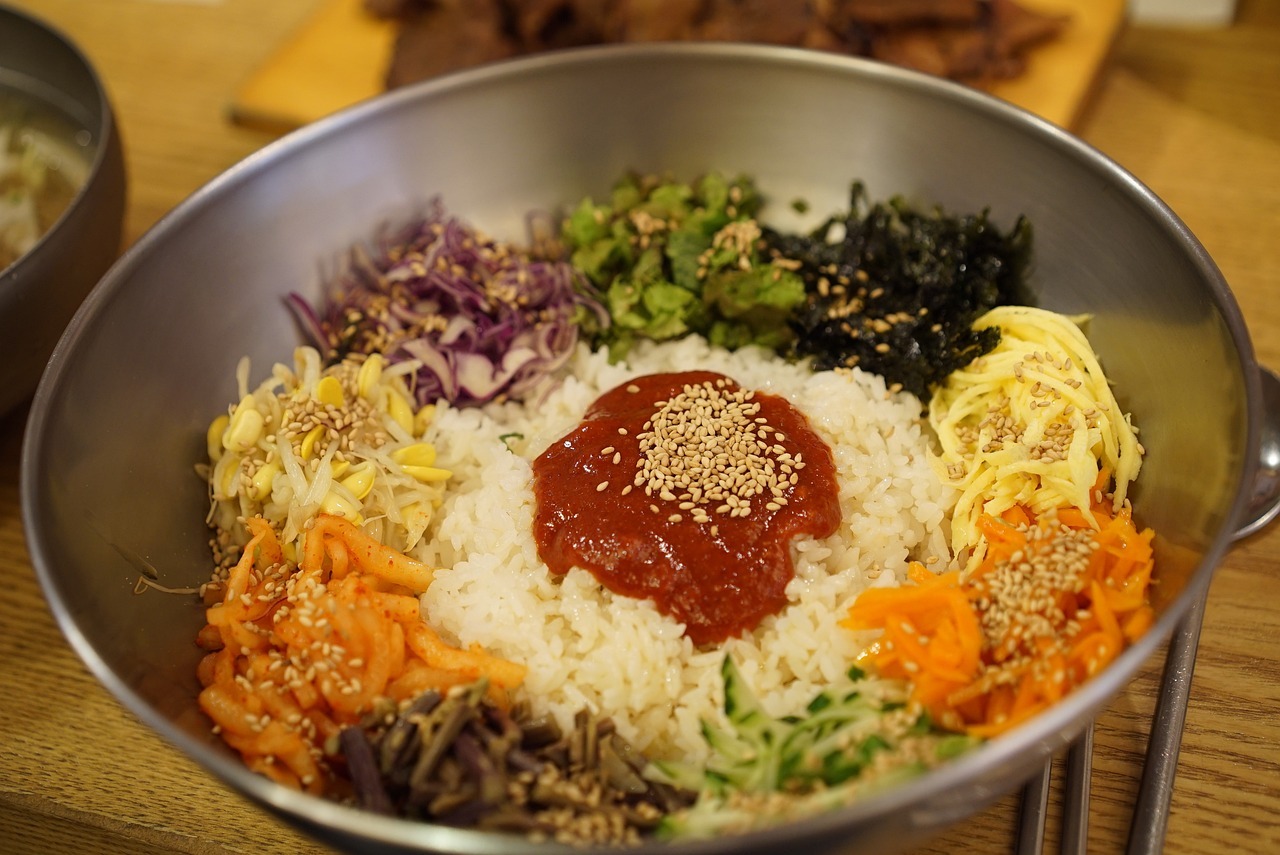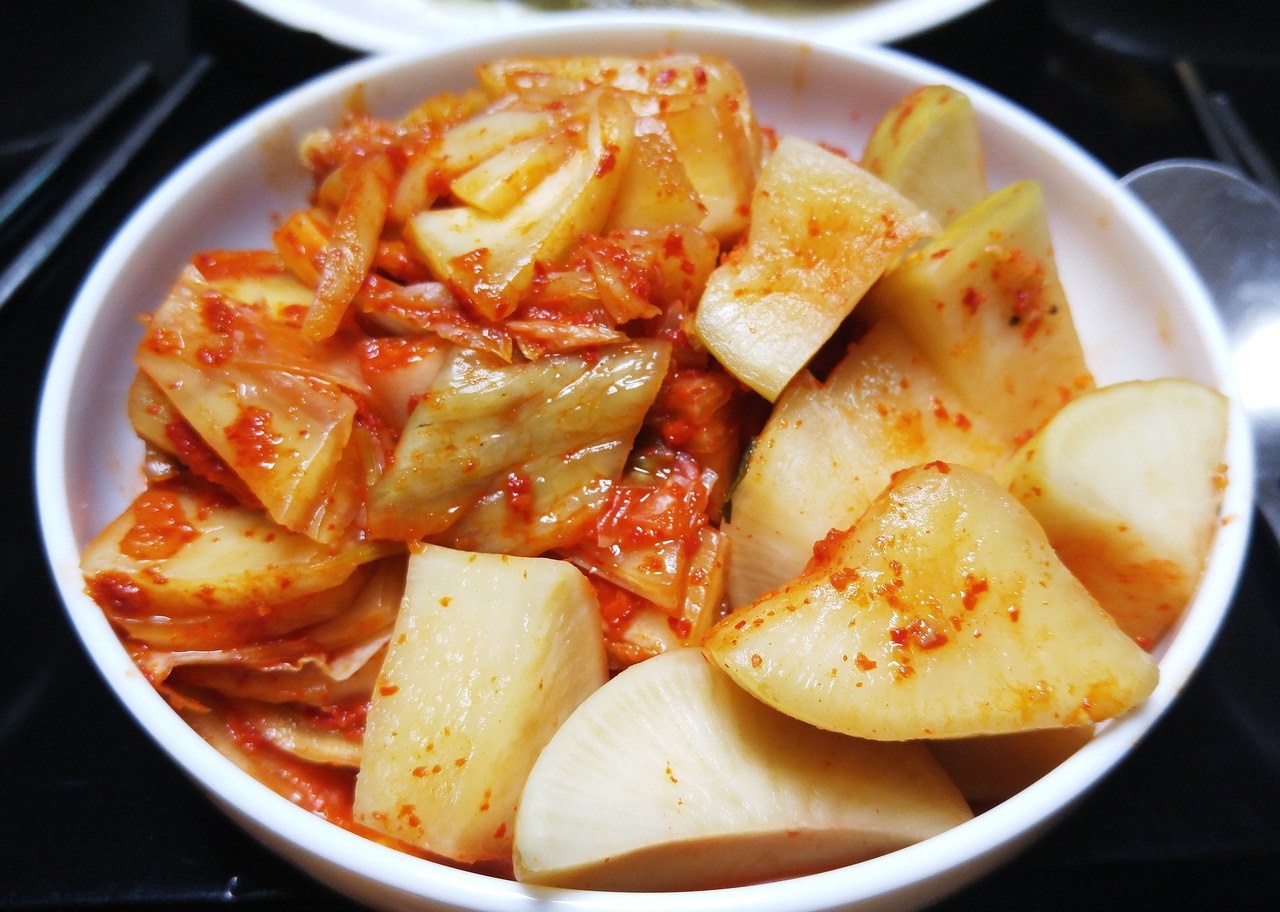What food is commonly eaten in Korean temples?
Korean Temple Food is entirely plant-based, delectable, and nutritious. Temple food refers to the food ingested in Buddhist Temples; it has always played an essential role in the religious lives of Korean Buddhist monks and nuns. The only animal products used in Korean temple cuisine are dairy products. Korean Buddhism forbids flesh. … Read more




